Understanding Miniature Circuit Breaker (MCB) Tripping and Curve Types
About Miniature Circuit Breaker (MCB)
A miniature circuit breaker (MCB) is an electromagnetic device that carries a completely molded insulating material. The primary function of this device is to switch the circuit. This means to automatically open the circuit (which has been connected to it) when the current passing through the circuit goes beyond a set value or limit. The device can be manually switched ON or OFF just like normal switches whenever necessary. In this article, we will focus on understanding miniature circuit breaker (MCB) trips and curves.


Trip Curve Basics
Electrical protection devices, with virtually no exceptions, operate based on a simple formula: If THIS, then THIS. If this limit reaches a certain level, then the device executes the designed or programmed action. Today’s large, molded-case circuit breakers may include algorithms consisting of a complex set of If/Then parameters. Miniature circuit breakers (MCBs), on the other hand, operate based on only two parameters: overload and short-circuit. Still, even with these two basic parameters, breaker buyers face a broad selection of miniature circuit breakers that could potentially meet their application requirements. Selecting the optimum miniature circuit breaker is critical to helping ensure proper protection, with minimal or no nuisance tripping, at the lowest possible cost. Making the right selection requires an understanding of the basics of trip curves.
Understanding Trip Curves
Most protective devices have a defined trip curve, also referred to as a time/current curve, that describes the behavior of the device. The curve is a graphic representation of how the device will respond to changes in current. From a functional perspective, the curve parameters specify the high and low current thresholds that will cause the device to trip.
Selecting the appropriate trip curve achieves a good balance between overcurrent protection and optimal machine operation. A fast-acting trip curve will do an excellent job of circuit and production equipment/load protection but at the cost of frequent and costly nuisance tripping (mostly due to inrush currents of motors and transformers). Choosing a breaker with higher trip points or thresholds will better keep the process up and running, but might cause more temperature rise in cables/conductors and connected loads.
Trip curves are defined by IEC standards 60898-1 and 60947-2. The curves represent two different trip functions within the miniature circuit breaker - thermal and electro-magnetic. The thermal section (top section of the chart) that responds to overloads typically consists of a bi-metallic strip. The response of the thermal trip unit is relatively slow. The thermal section, which also complies with UL standards in addition to the before-mentioned IEC standards, is similar across all trip curves.
The short-circuit section (bottom) relies on a magnetic coil or solenoid that opens if the overcurrent design limit is reached. This section of the breaker responds within milliseconds. This characteristic of the trip curve has no counterpart on the UL side.
MCB Trip and MCB Curves (B,C,D,K,Z)
The concept of trip curves originated in the IEC world. The alphabetic code used to categorize miniature circuit breakers (B, C, D, K, and Z) carried over from IEC standards. The standard defines the lower and upper thresholds for tripping, but manufacturers have the flexibility to decide the precise specifications within those thresholds that will cause a trip in their products. The trip curve graph shows the tolerance band within which manufacturers can set the individual tripping point of their breakers.
Trip Curve Classes
The concept of trip curves originated in the IEC world. The alphabetic code used to categorize miniature circuit breakers (B, C, D, K, and Z) carried over from IEC standards. The standard defines the lower and upper thresholds for tripping, but manufacturers have the flexibility to decide the precise specifications within those thresholds that will cause a trip in their products. The trip curve graph shows the tolerance band within which manufacturers can set the individual tripping point of their breakers.


Trip Curve Class B
- The MCBs with these class characteristics experience instantaneous trips whenever the currents flowing through them reach between 3 to 5 times their rated current. These MCBs are used mainly for cable protection.
Trip Curve Class C
- Usually, MCBs show these class characteristics have instantaneous trips when the current flowing through them goes between 5 to 10 times its rated current. So they are suitable for domestic and residential applications and electromagnetic starting loads that require medium starting currents.
Trip Curve Class D
- MCBs with these class characteristics trip instantaneously whenever the current flowing through it rates between 10.1 to 20 times its rated current. MCBs in this class is recommended for use in inductive and motor loads with high starting currents.
Trip Curve Class K
- The MCBs with these class characteristics experience instantaneous trips whenever the currents flowing through them reach between 8 to 12 times their rated current. These MCBs can be used for inductive and motor loads with high inrush currents.
Trip Curve Class Z
- The MCBs with these class characteristics experience instantaneous trips whenever the currents flowing through them reach between 2 to 3 times their rated current. These MCBs are usually very sensitive to short circuits and can be used for protecting highly sensitive devices such as semiconductor devices.
Miniature Circuit Breaker (MCB) Trip calculation
- First, look for the amperage marking on the switch of the MCB. This is usually between 15 or 20. Also look for the voltage marking on the breaker switch, this will be between 120 or 240.
- Second, locating the voltage and current rating, multiply the volts and the amps. The result of the multiplication is the maximum wattage load the circuit can take before tripping.
Have a question?
Shop for Miniature Circuit Breakers (MCBs)
ElectGo offers a wide range of MCB products from well-known brands such as ABB and Schneider Electric. As an authorized distributor in Singapore, we are your trusted source for high-quality MCB roducts from these leading manufacturers
Related Articles
Reference:
ABB: https://library.e.abb.com/public/b5acf03b2a1f42e3b08ed2fc27672c30/What%20you%20need%20to%20know%20about%20MCB%20trip%20curves.pdf
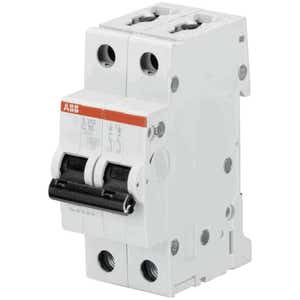

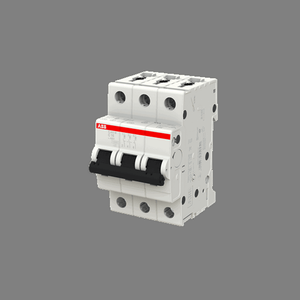
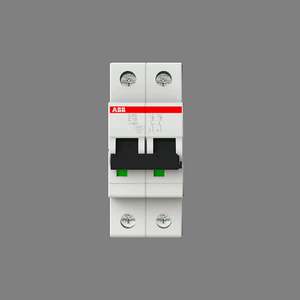

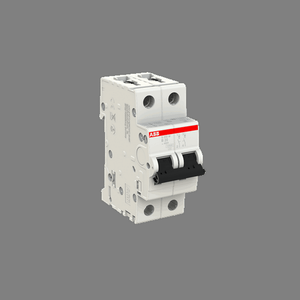

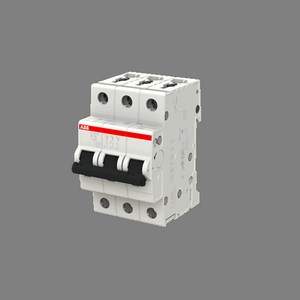
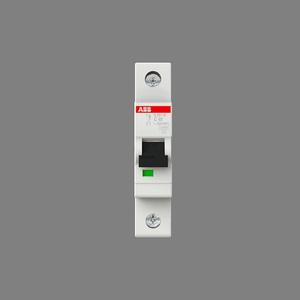
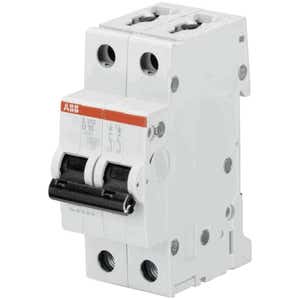

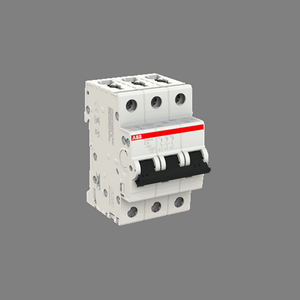
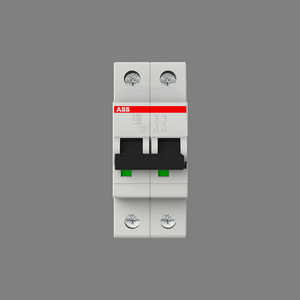

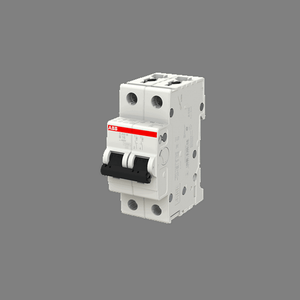
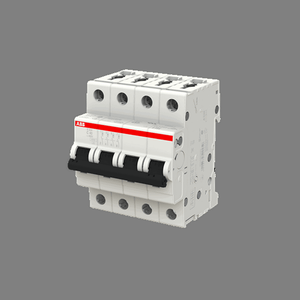



























Share this article on social media